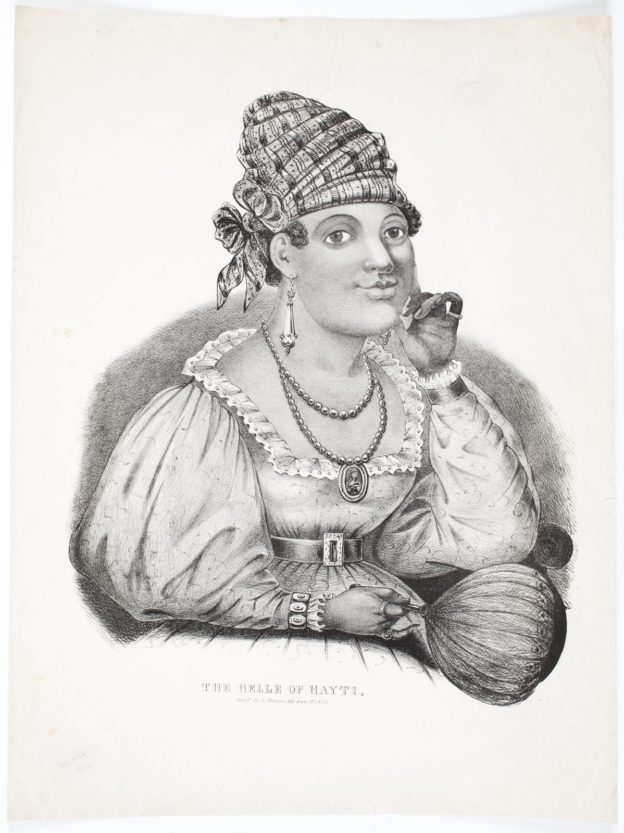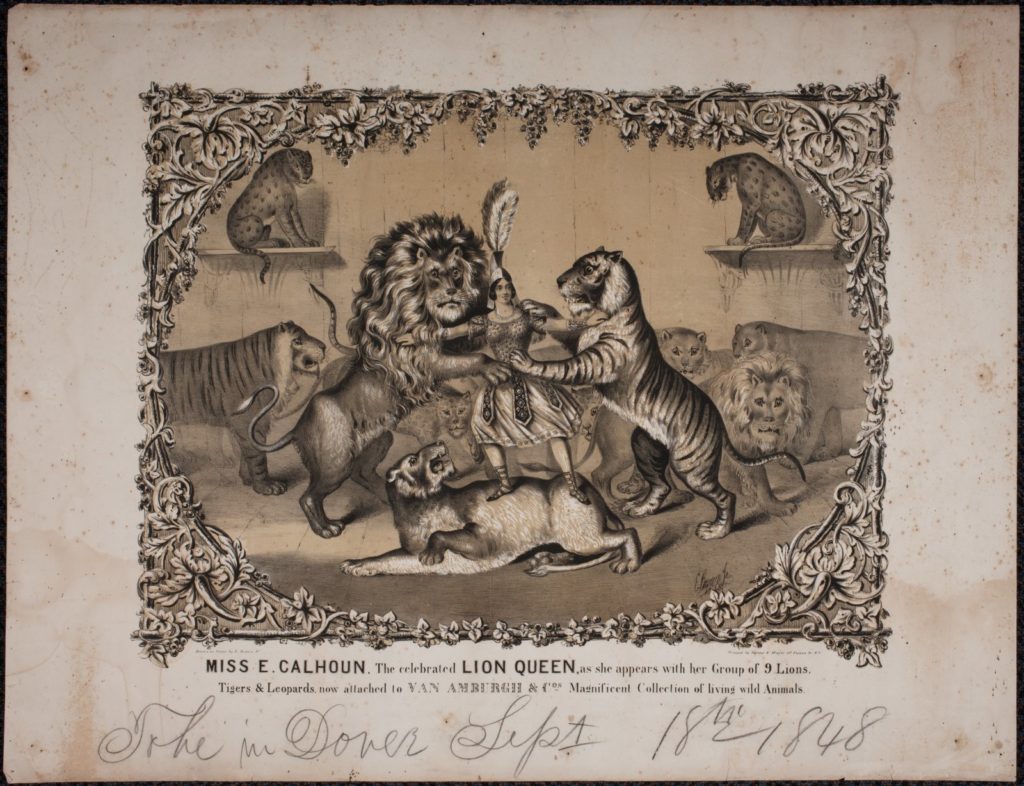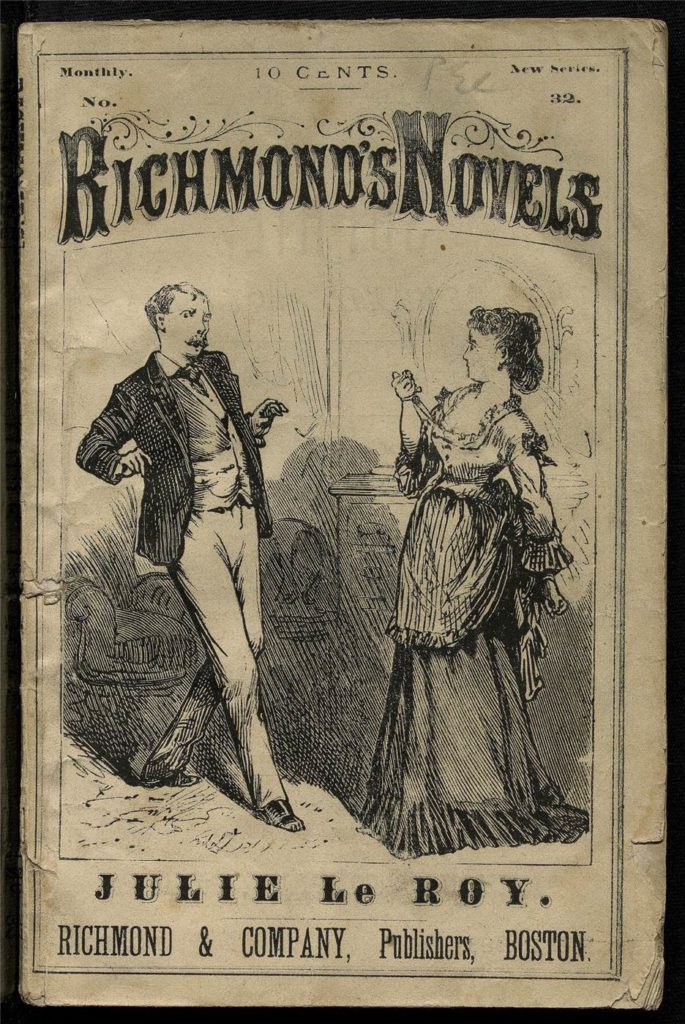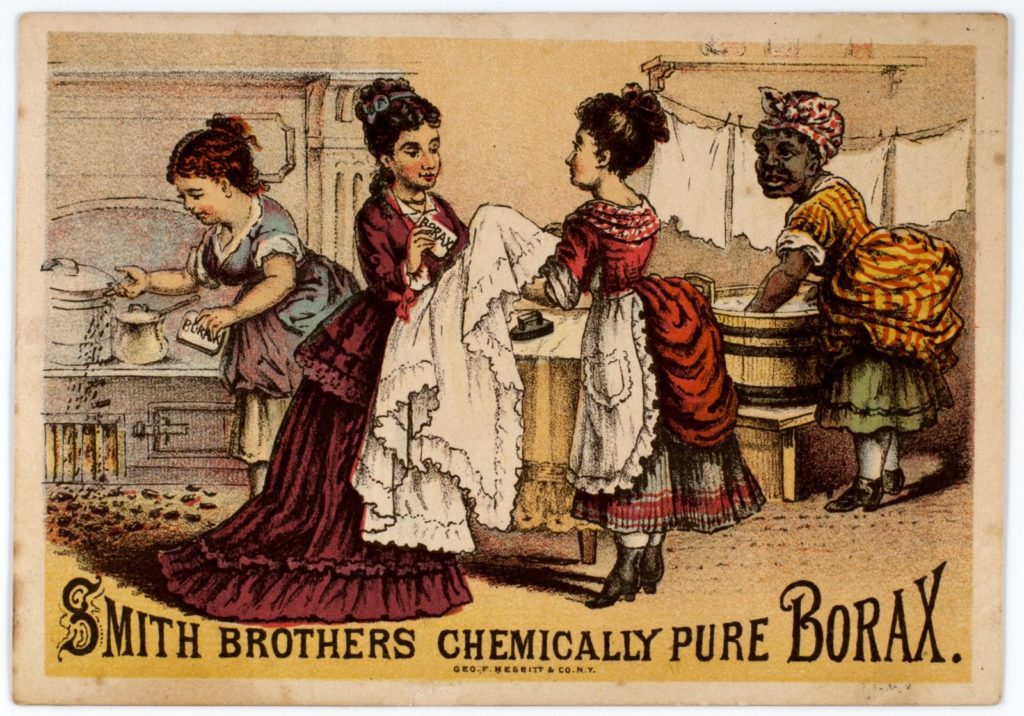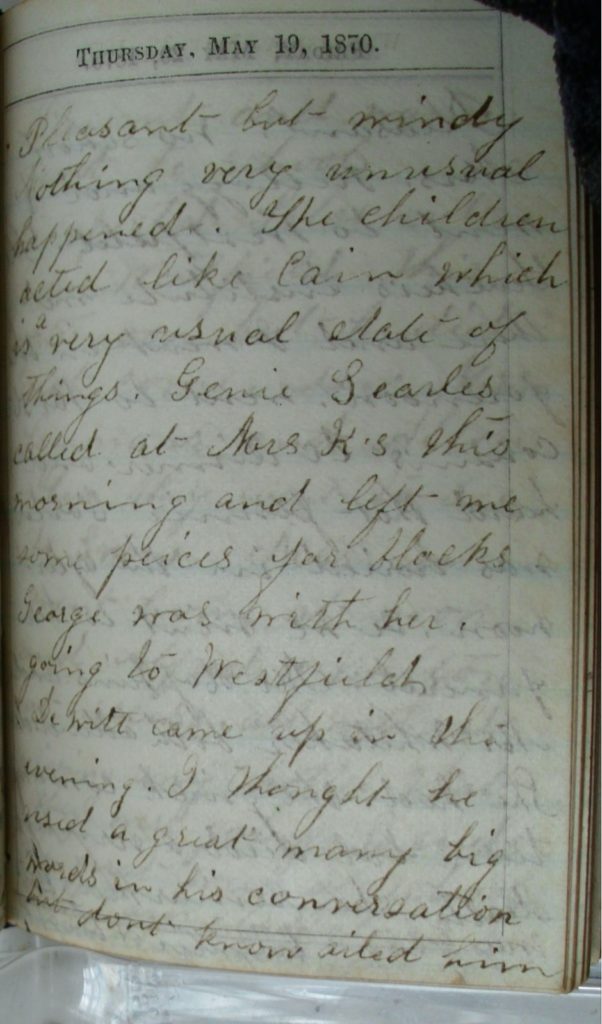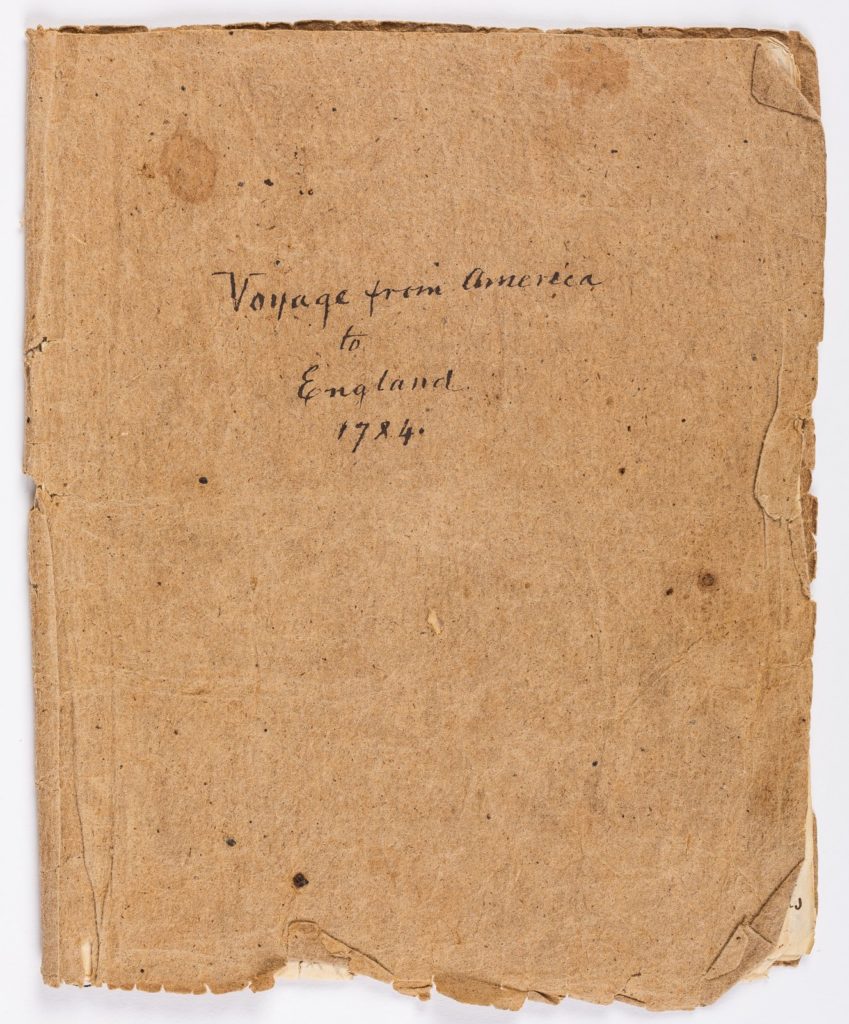While March has been federally and culturally recognized as Women’s History Month in the United States since 1987, International Women’s Day, celebrated globally each year on March 8 (which, coincidentally, is my birthday), has been around for well over a century. With roots in the suffrage and socialist movements of the early 20th century which focused on the immediate intersection of class and gender, the modern celebration of International Women’s Day aims to celebrate and promote the achievements of women and generally advocate for universal gender equity. The American Antiquarian Society hosts many collections and online resources like exhibits which support the study of women’s history, several of which can be accessed virtually at anytime, anywhere.
Art is a medium that has been long used in historical studies as a visual indicator for changes in social and political landscapes – in the exhibit Beauty, Virtue & Vice: Images of Women in 19c American Prints, graphic arts representations of women are used to examine and understand how audiences of the day viewed women and their perceived place in society. From examining cultural beauty expectations to conceptualizations of how womanhood is defined, this exhibit puts on display how and why the aesthetics of the female image are created and disseminated.
Similarly, in Women and the World of Dime Novels, the art of fiction creates powerful heroines that inhabit fantastical spaces, providing entertainment alongside necessary centering of women’s experiences in literature. Dime novels see an extraordinary amount of female characters in positions of power or exhibiting overt agency over their lives and influencing the lives of others. Although they were published as cheap paperbacks, and not regarded as especially high-quality, their value in demonstrating the reading public’s interests and perceptions of women over time has endured.
Mill Girls in Nineteenth Century Print uses evidence of both artistic works and the printed word to feature materials concerning the young women who made up the majority of the workforce during the American textile boom of the mid-nineteenth century. While the conception of the “mill girl” was proliferated through these works, they also describe and pay homage to the sometimes-grim reality of the working industrial class through the lens of gender.
 Building on themes of gendered labor, A Woman’s Work is Never Done explores the realms where women worked between the onset of the American Revolution to the end of the Industrial Revolution. Whether it was domestic work or paid employment, this exhibit and the Society’s collections at large represent a variety of materials such as advertisements, lithographs, newspaper clippings, trade cards, etc. all depicting the environments where and how various women worked.
Building on themes of gendered labor, A Woman’s Work is Never Done explores the realms where women worked between the onset of the American Revolution to the end of the Industrial Revolution. Whether it was domestic work or paid employment, this exhibit and the Society’s collections at large represent a variety of materials such as advertisements, lithographs, newspaper clippings, trade cards, etc. all depicting the environments where and how various women worked.
One of the most prevalent jobs women held outside the home was in education, whether it was in the home, in classrooms, or as private tutors. Day in the Life of a Schoolmarm is a blog which provides an intimate look into the diaries of female schoolteachers (primarily Mary L. Bower) and their daily thoughts, feelings, comings and goings. Without the expectation of being read by others or publicly released in any manner, diarists are often frank and descriptive, and provide information often unrepresented in other written mediums.
Like diaries, letters provide intimate perspectives into the internal and relational lives of their authors. The Letters of Abigail Adams: An AAS Illustrated Inventory contains letters between Abigail Adams, her sister Mary, and Mary’s daughter Lucy Cranch Greenleaf, and cover a variety of personal and historical topics. This online collection is a representative selection of the 200+ letters held at the Society and includes transcriptions and brief abstracts alongside digital images of the letters themselves.
Additional Sources:
“About International Women’s Day.” International Women’s Day, https://www.internationalwomensday.com/About.
Frencia, Cintia, and Daniel Gaido. “The Socialist Origins of International Women’s Day.” Jacobin, 8 March 2017, https://www.jacobinmag.com/2017/03/international-womens-day-clara-zetkin-working-class-socialist/.

